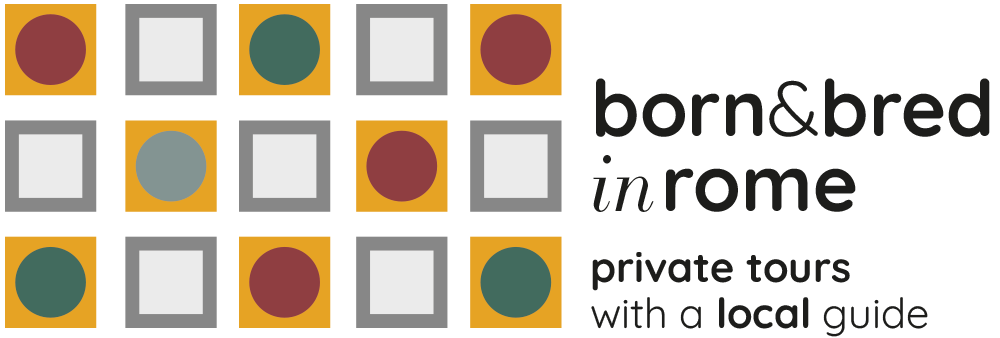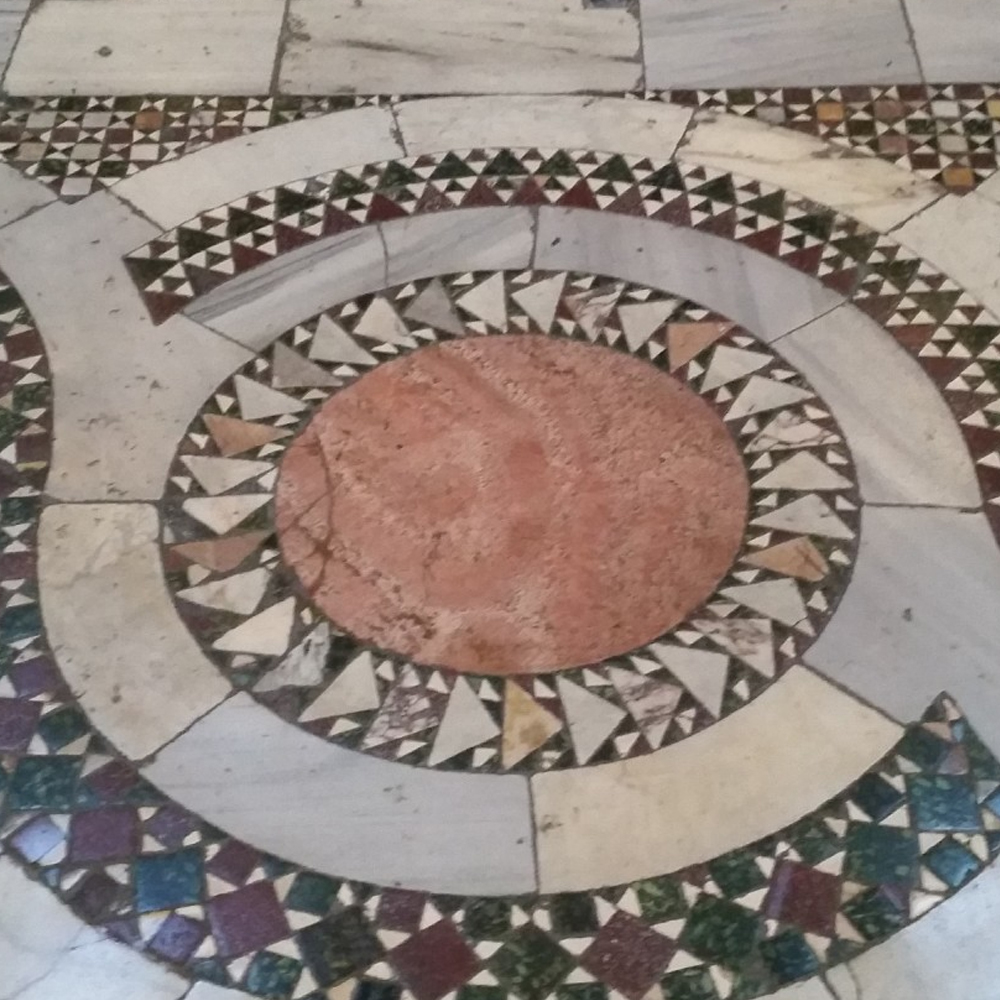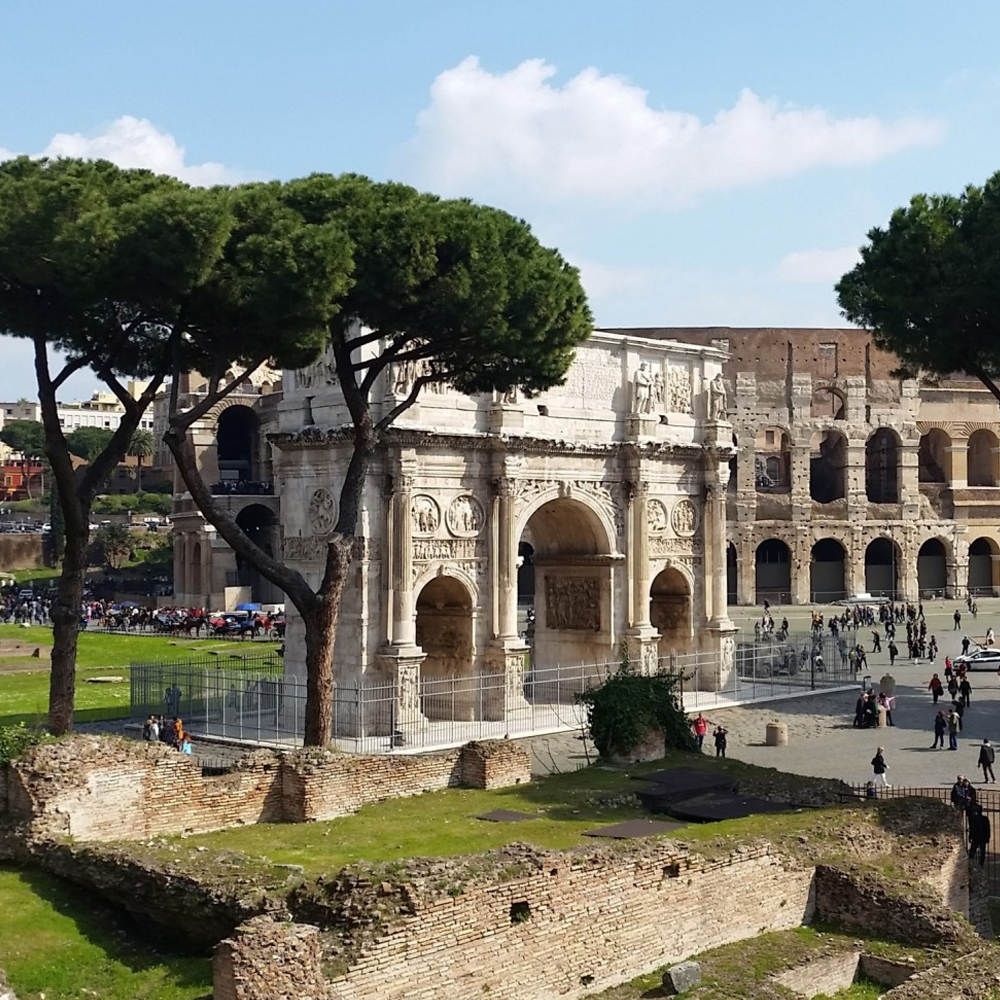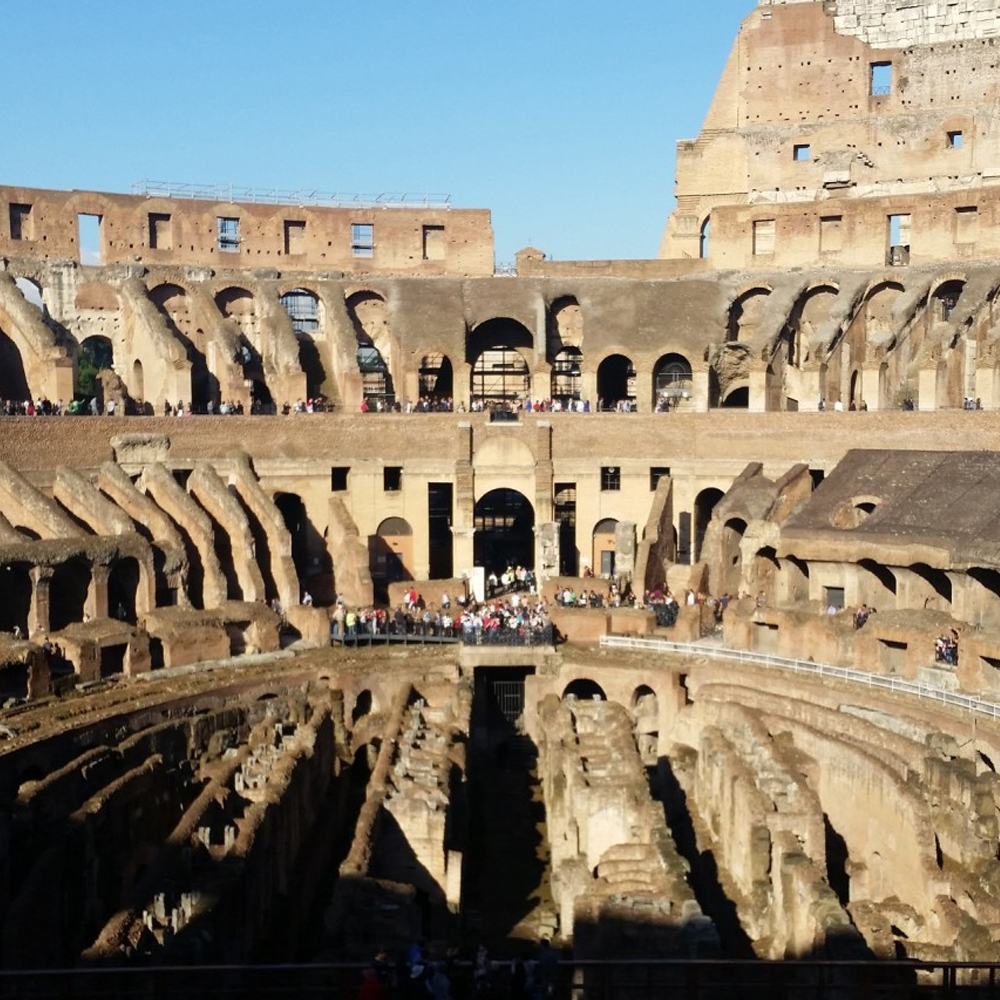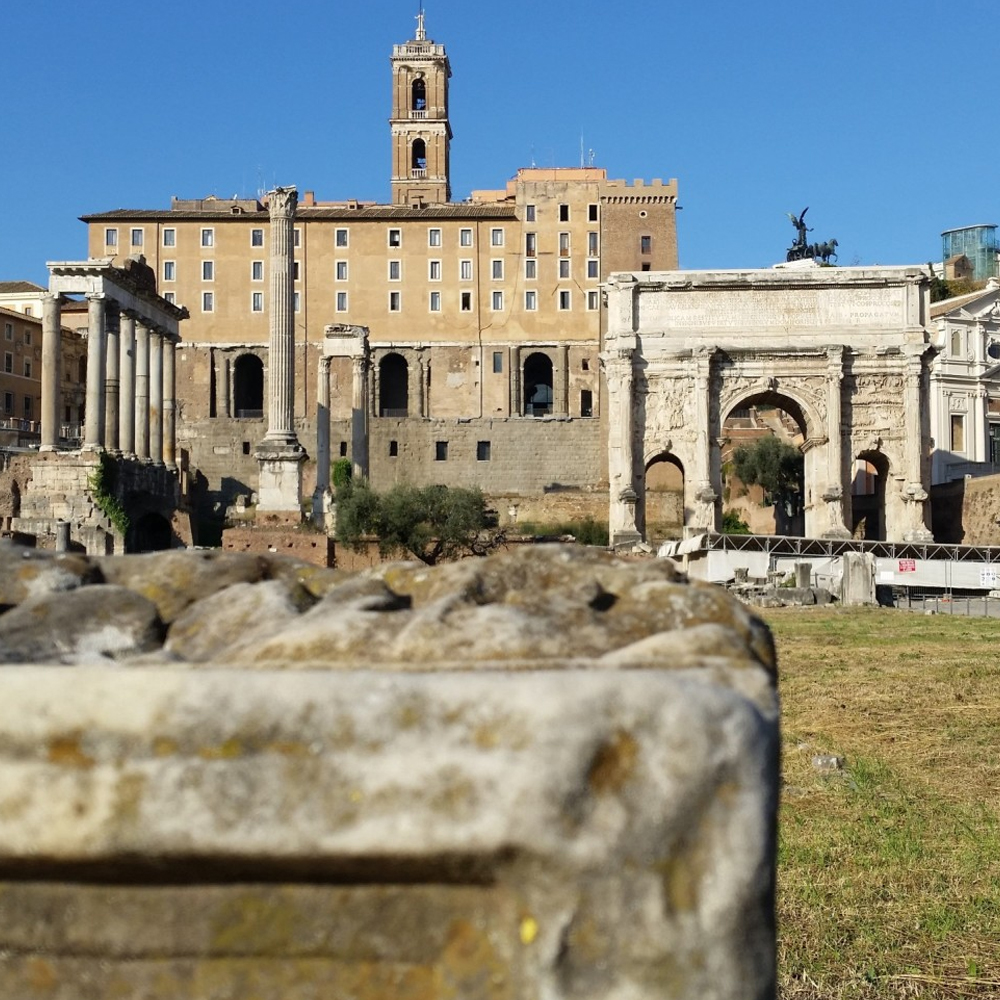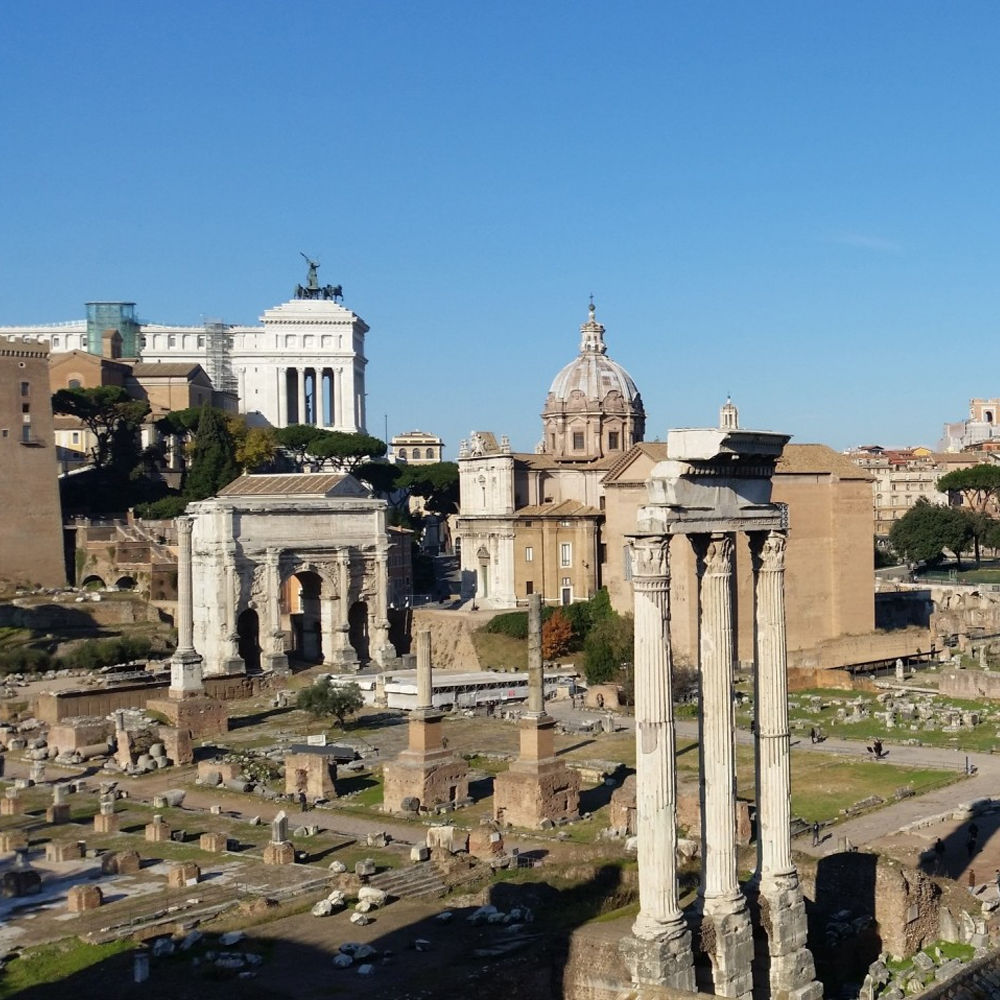Underground Rome
From the stunning view of the arena in the Colosseum to the underground world of Ancient Rome at St. Clement – churches built on top of each other, subterranean rivers, ruins of the ancient city centre.
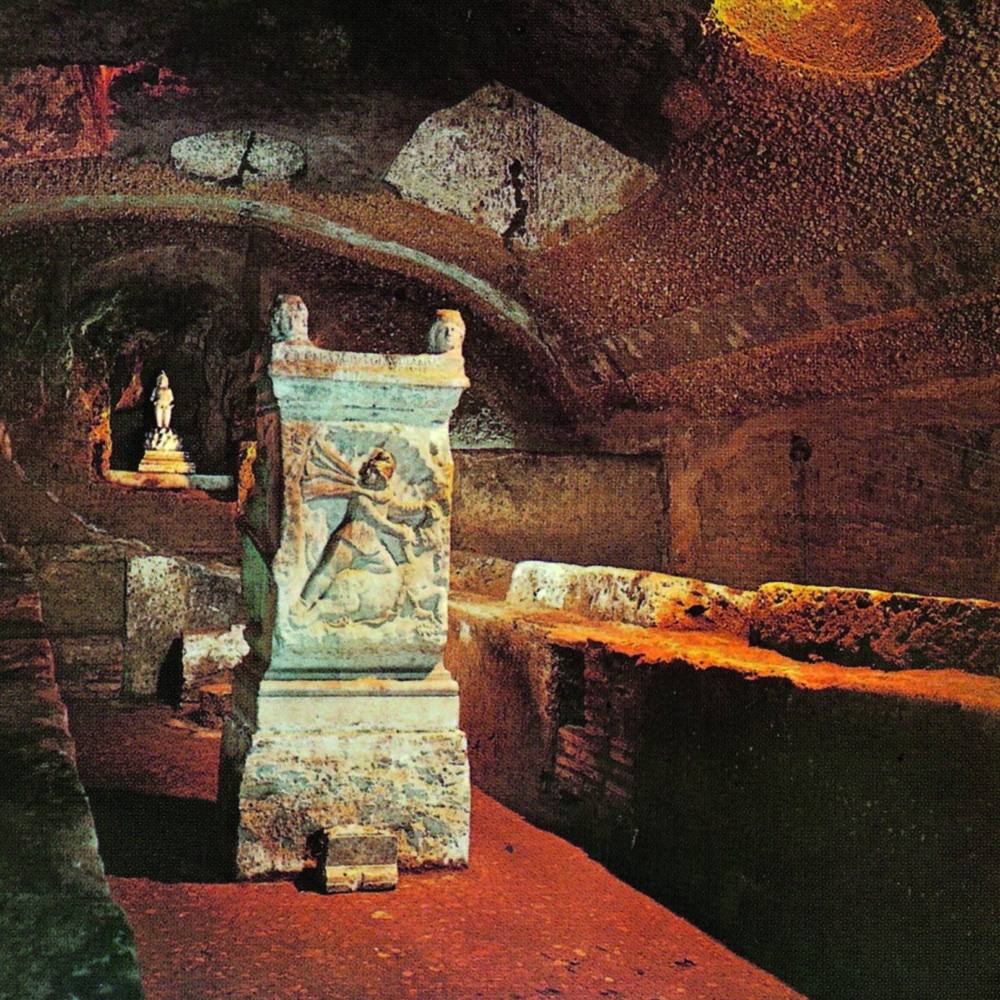
Our tour of the archaeological area in Rome begins with the Colosseum, the largest Amphitheatre ever built under the Roman Empire, an iconic landmark made famous by the fights and spectacles held in this arena. We’ll find out which myths are based in reality and how exactly the Romans managed to come up with such extraordinary building solutions. Just a short walk from the Colosseum and we’ll be at the entrance of the Basilica of Saint Clement, a unique example of Rome’s ‘vertical history’ courtesy of its hardly believable three-tiered structure: a medieval church built on top of an early Christian church, built on top of a Imperial-era Roman building! We’ll be starting at the bottom – the perfect place to be in the summer, with its cool air and underground water stream running around the Basilica – and making our way up through the centuries.
PS the 3-hours tour doesn’t include Roman Forum and Palatine Hill
Duration
3 hours
Price (1 to 4 people)
€ 300 (prices may vary depending on season)
Additional Tickets
Colosseum
Full price from €18
Free entrance for kids up to 18 yo
St. Clement’s Basilica
Full Price € 10
Free entrance for kids up to 16 yo
You may need
IDs/Passports required. Comfortable shoes, hat, bottle of water, sunscreen; a shawl to cover your shoulders when entering churches.
Our tour of the archaeological area in Rome begins with the Colosseum, the largest Amphitheatre ever built under the Roman Empire, an iconic landmark made famous by the fights and spectacles held in this arena. We’ll find out which myths are based in reality and how exactly the Romans managed to come up with such extraordinary building solutions. Just a short walk from the Colosseum and we’ll be at the entrance of the Basilica of Saint Clement, a unique example of Rome’s ‘vertical history’ courtesy of its hardly believable three-tiered structure: a medieval church built on top of an early Christian church, built on top of a Imperial-era Roman building! We’ll be starting at the bottom – the perfect place to be in the summer, with its cool air and underground water stream running around the Basilica – and making our way up through the centuries. It’s just a short break at street level though, before we descend once again into the heart of ancient Roman life at the Forum, with a walk among the ruins of the most important religious and political buildings of the city.
